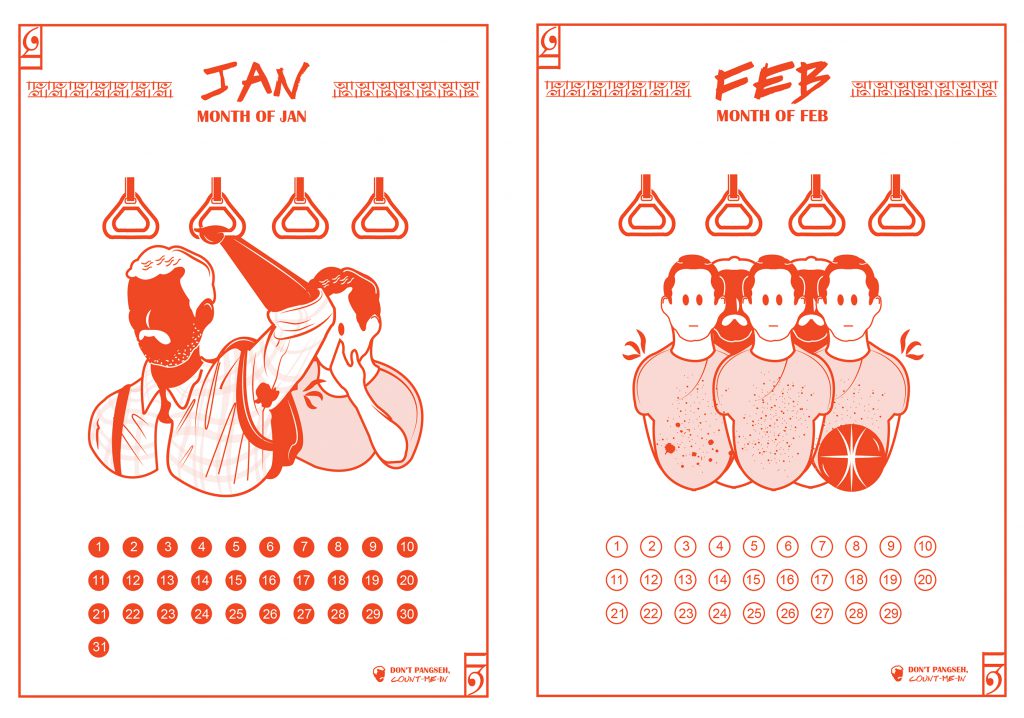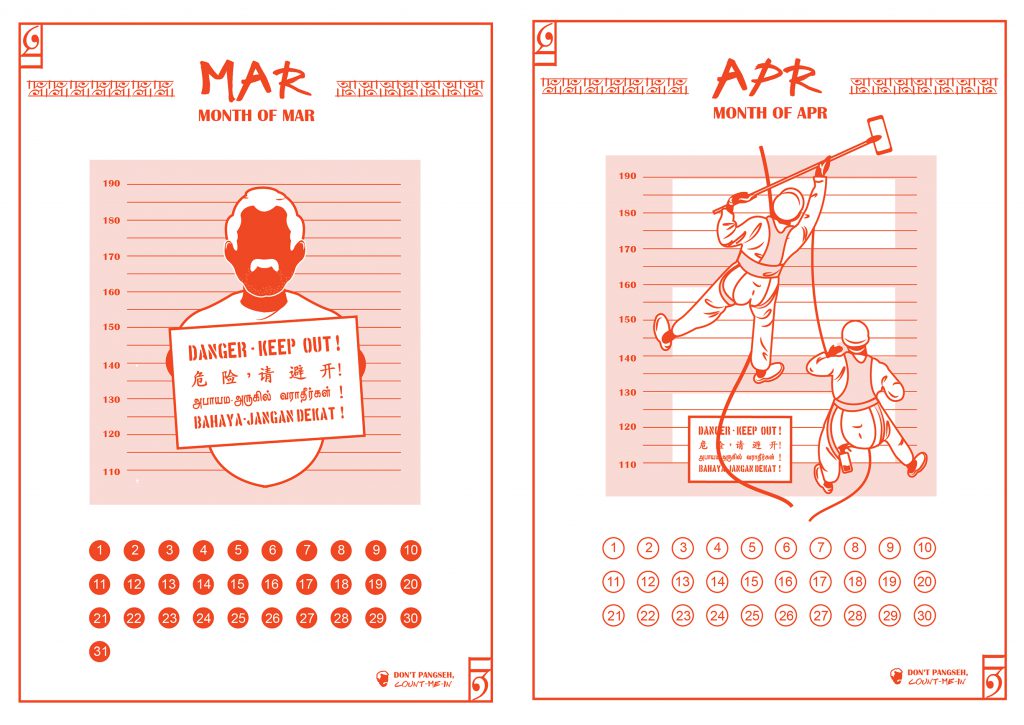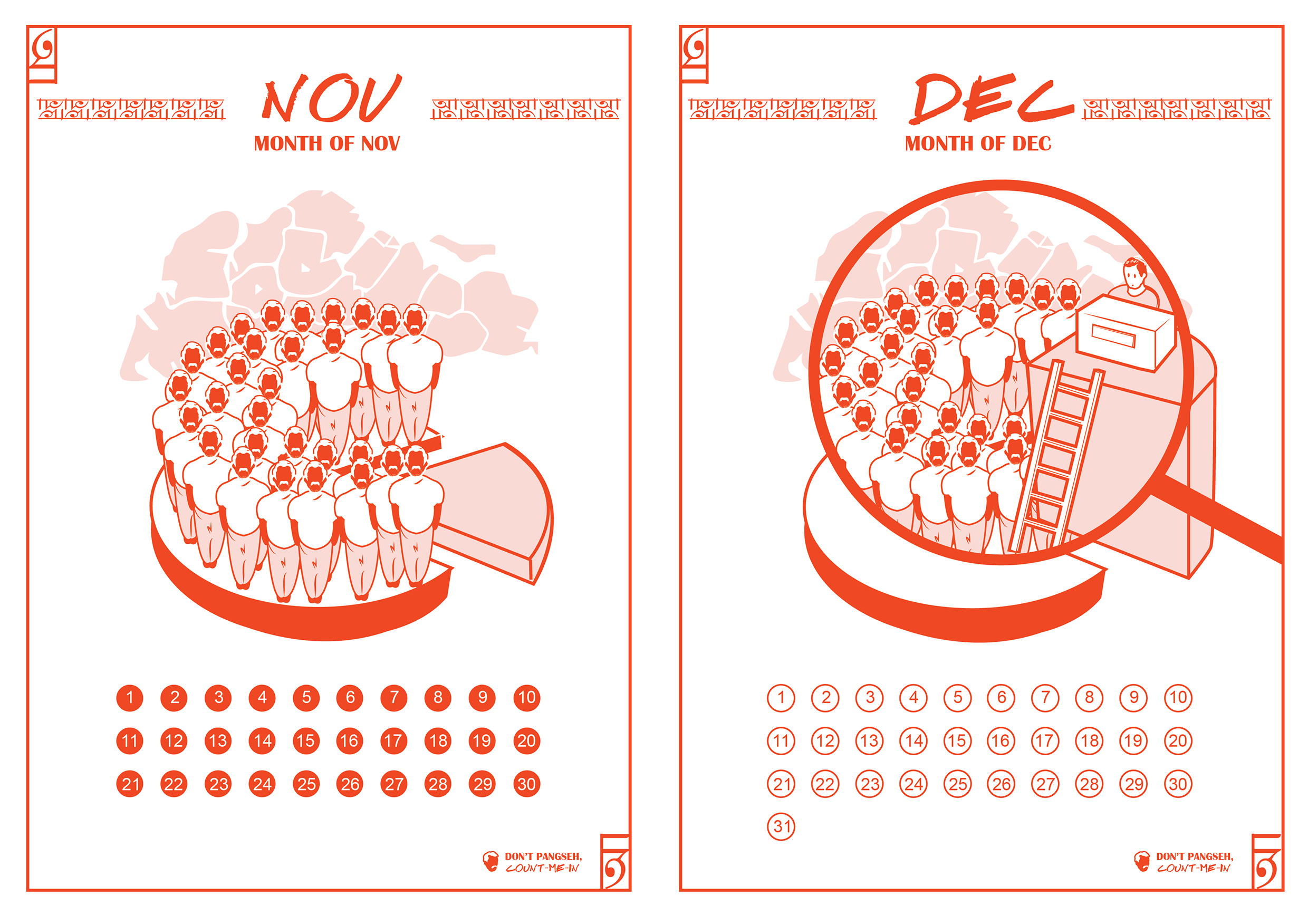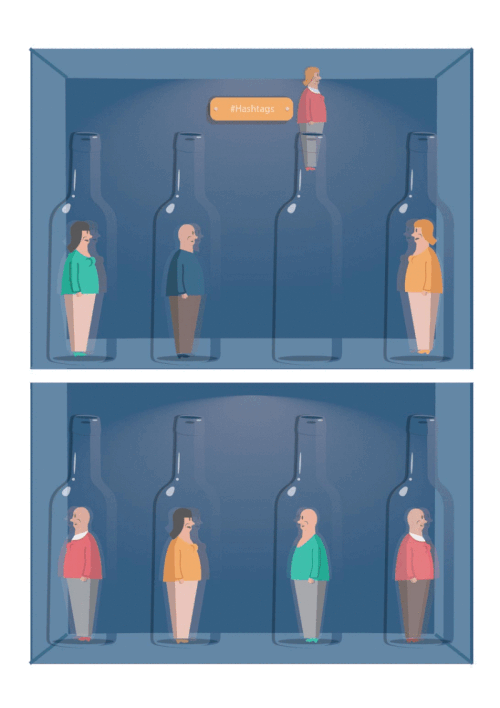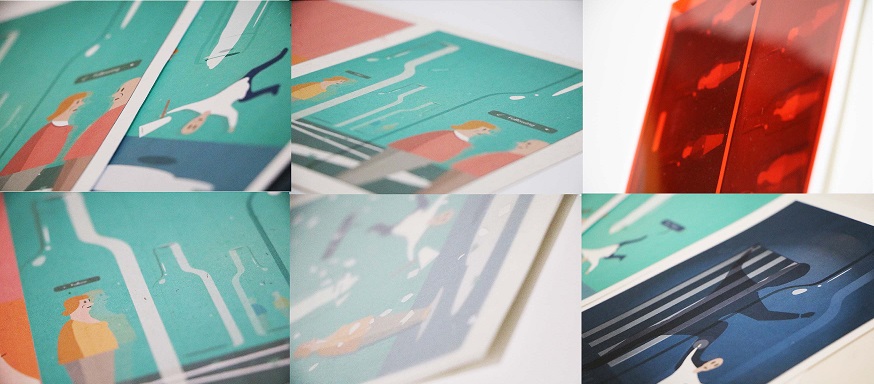
Hi, here to update on the last project! Really thankful for this fun-filled and enriching 2D journey this semester which will be greatly missed! Okay, shall leave the rest of the message to the last, now back to point!
Have you ever wonder about them? – who?
Majority of the migrant workers came here to work in hoping they could possibly send back money to their family/love ones back at their hometown every month so that they could have a proper education or living. Living abroad away from their hometown and their love ones, makes everyday just like any other day. Their daily life is usually routine based every week, with little time set aside for some recreation activities.
Based on this ‘走一步,看一步’ (counting off days) living theory, where every end of the month is what they’re looking forward to each month as this is the day when their pay comes in and they could finally send them over to their love ones to ease some worries and lighten the burden, I came out with..


‘Don’t Pangseh (In other words, this means don’t abandon), count me in’ is a calendar designed in hoping to invite users to count the days as the days goes by, simply by peeling off the tabs with the date printed on as the day flies by. It’s the moment when you finally peeled off every possible tabs on the following month that gives you a sense of fulfillment at the end of each month. This also encourage users as well as help them to keep track of their schedule on a timely-basis.

Style 1 is designed to provide a two way usage therefore on the outside, it looks like a book, whereby one could simply bring it along like your daily planner. It comes with a incorporated fold-in stand to allow users to switch between the two mode. For this style, I used tracing paper for all the content. (Forget to get a photo of the calendar in standing mode.)

Style 2 is inspired by the old-school Chinese calendars which is usually hooked onto the wall. The pages of the calendar with a particular date is usually being teared off as the day goes by. I used a mixed of paper (Tracing paper & another paper that is opaque) for the content inside. (To be further elaborated under WIP post.)
Of content,
This calendar also aims to highlight some issues faced in Singapore through graphic illustrations. As most of you know, migrant workers are often being labelled/stereotyped by the locals (not all locals but some). I wish to highlight these issues with a contrasting scenario to provoke thoughts as well as to set one thinking, in hoping that one would reconsider their actions and thoughts towards migrant workers.
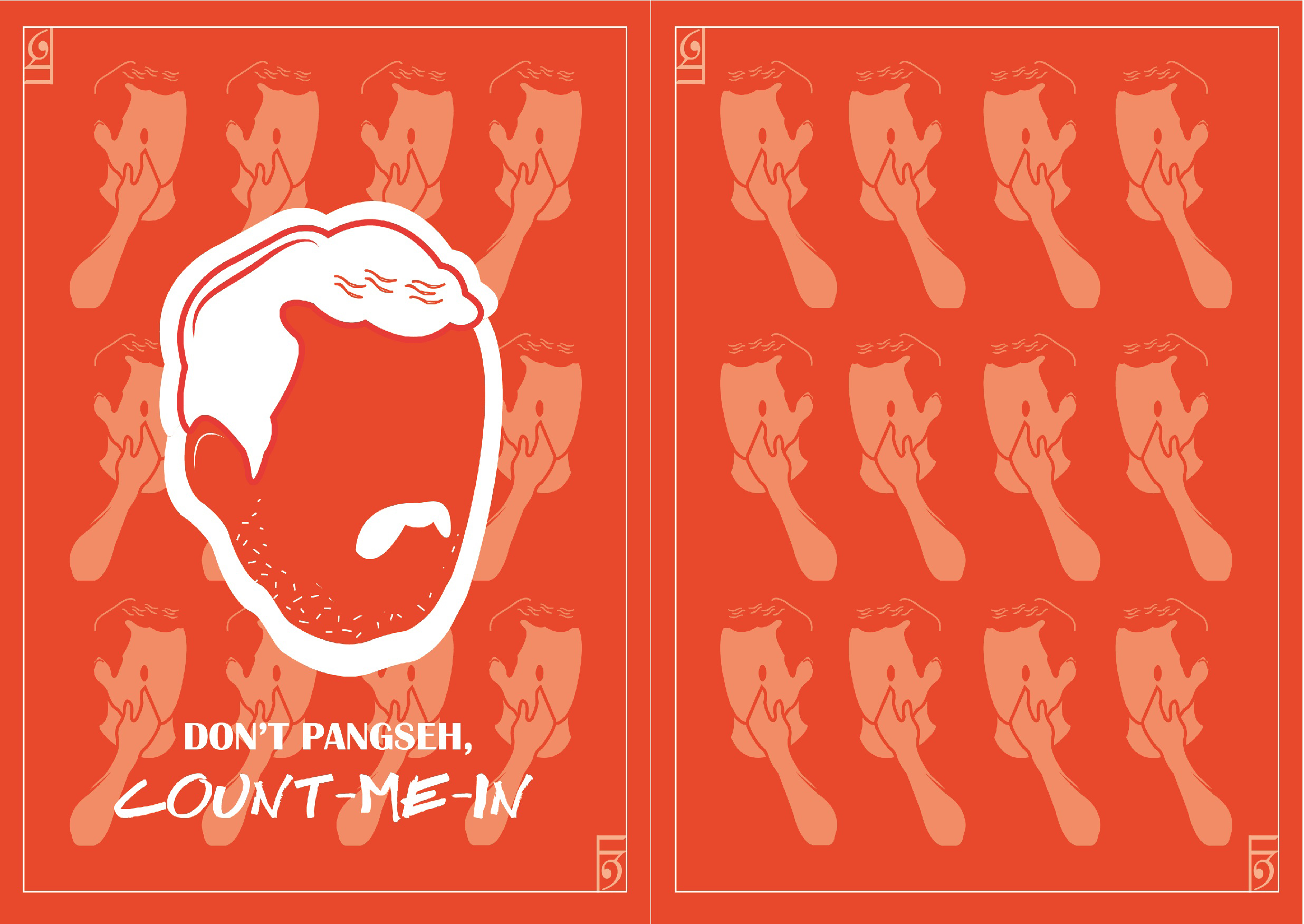
According to research, migrant workers are often being disregarded/outcast by some locals and this is often considered as ‘xenophobia‘ (Dislike of or prejudice against people from other countries). As such, I designed my cover with a illustration of a typical migrant worker that was deliberately designed to faceless. A group of locals was placed at the background and behind of the illustration of the iconic migrant worker to emphasize on how migrant workers are often being outcast. The locals was designed with only one eye as well as a hand held up to the eye to convey the act of judging/stereotyping (which was inspired by “one-eyed dragons” – a Taiwanese idiom which means that you only see what you want to see. – adapted from here.)
Scenario 1 depicts a local covering his nose as he stood behind the immigrant who raised his arm to hold on to a handle on the train. In response to how migrant workers are often considered as smelly by some (I’ve witnessed scenarios on the train which I will be elaborating in my WIP post). I have illustrated a contrast showing the locals after their basketball game, having stains, sweat, traces of mud and dirt on their clothes yet the migrant workers did not utter any negative remarks or behavior. – So why are we doing this to them?
Scenario 2 depicts an migrant worker holding on to a typical danger signboard with a mugshot background (that is commonly found in Singapore construction site to warn citizens of the possible danger around the district) to showcase how the migrant workers are also often being labelled as dangerous criminals by some locals. In response to how migrant workers are often considered as the cause of the increase of crime rates in Singapore as some labelled them as being dangerous to go near to (will be elaborating in my WIP post). I have illustrated a contrast showing the migrant workers working their way up to a building to clean the buildings, isn’t this much more dangerous than what was often being told to stay away from? -Just because they are foreign to you this doesn’t mean they are dangerous. Have one ever consider where their forefathers etc. used to come from? – So does this makes them dangerous as well?
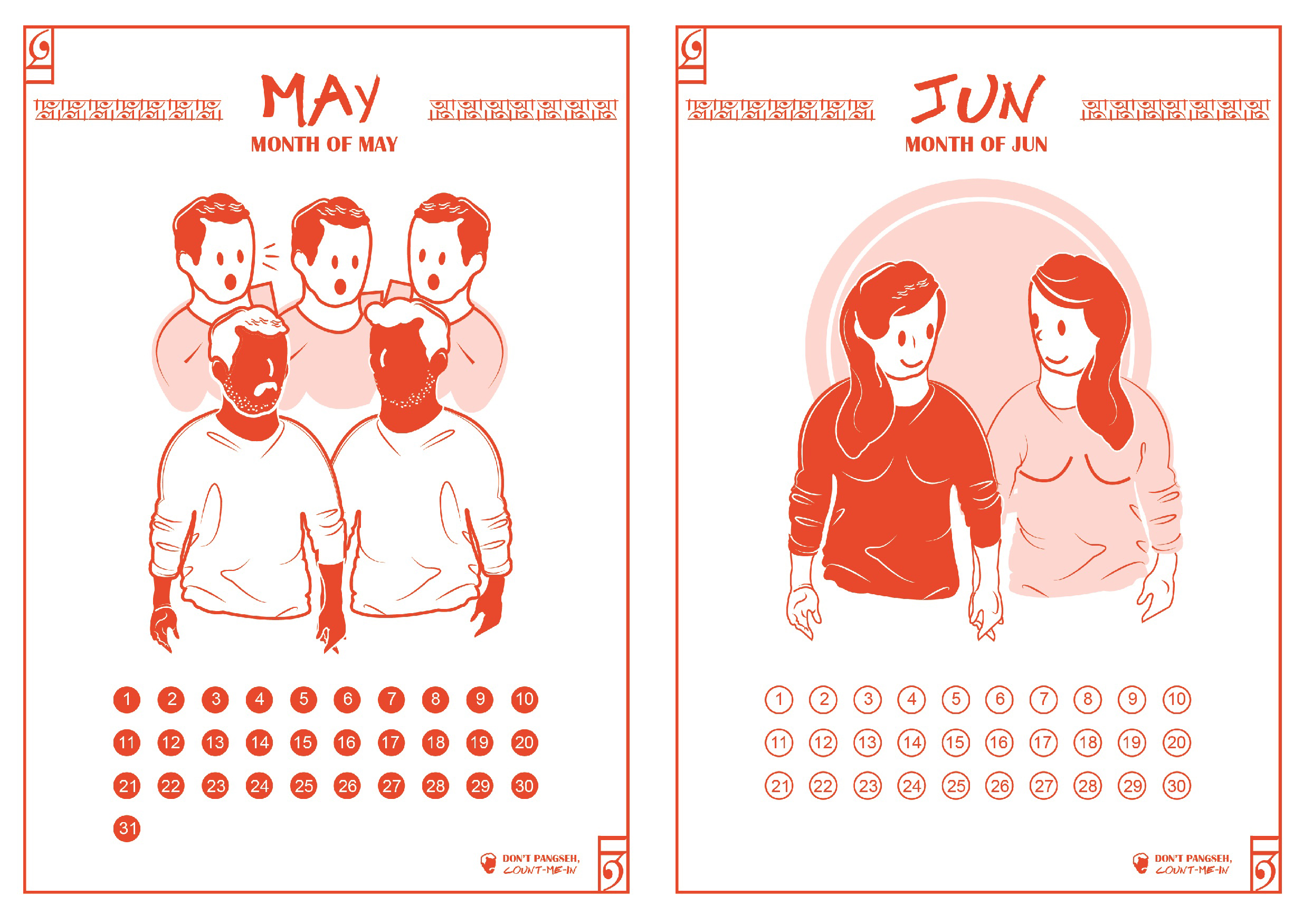
Scenario 3 depicts a pair of male migrant workers holding their hands in the public and being judged by the locals where they begin snapping image of them. (In fact, holding hands was known to be a way of showing affection, bonding, and camaraderie that all men, women and children do in other parts of Asia where some of the migrant workers come from. Thus, it’s nothing to do with one sexuality!) In response to how migrant workers are often considered as the cause of the PDA (Public dislay of affection) in Singapore. I have illustrated a contrast showing a pair of local girls holding their hands yet wasn’t being judged (Which is really common back in the primary/secondary school days). – So why are one so quick to make judgement?
Scenario 4 depicts a group of migrant workers seated randomly out of nowhere while they enjoys casual conversations and drinks with their friends which is often being stereotyped as dirty and the cause of litters lying all over. I have illustrated a behind the scenes of these migrant workers’ job under ‘semi corp’ whereby they cleaned up litters and dirt. So doesn’t this makes them one of Singapore most important contributors for its clean & clean title? – So why do one tend to only point out the bad point and not try to view things from another perspective to discover the good in these migrant workers?
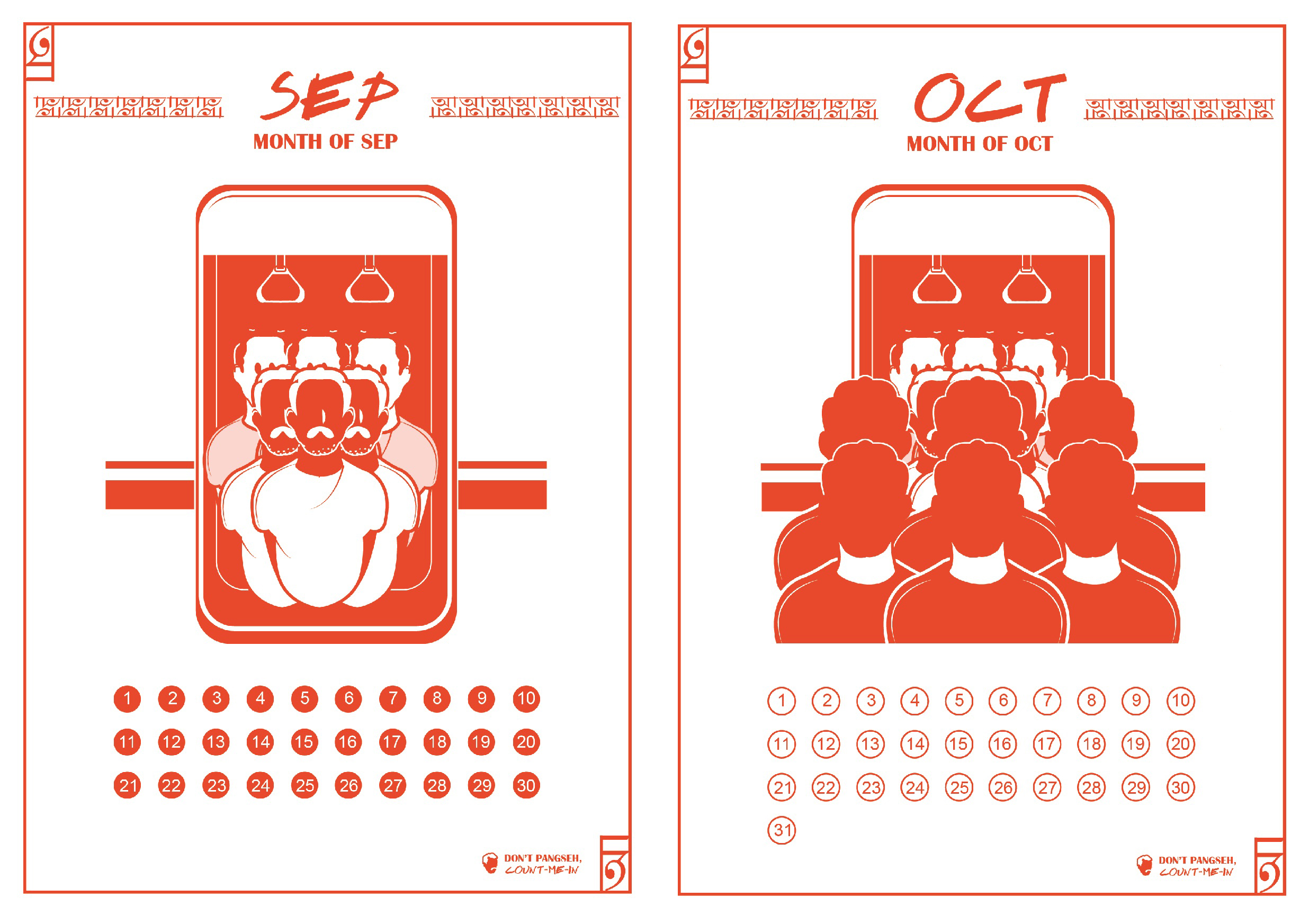
Scenario 5 depicts a a group of migrant workers causing congestion on public transport by standing by the doorway and blocking the accessibility of one. I have illustrated a contrast showing the actual underlying issues whereby the locals (kiasu spirit of some) all squeezed in front of the train door so that they can be the first to enter the train to filled up the empty vacancies which in turn caused the migrant workers to be jammed and held up by the entrance of the train. – So isn’t it unfair to push all the blame to the migrant workers? (It takes two hands to clap, thus the migrant workers shouldn’t be solely blamed for congestion of public transport.)
Scenario 6 depicts a pie chart which depicts how the local generally thinks of the migrant workers of taking up more than a quarter of the jobs in Singapore. n response to how migrant workers are often considered as job snatchers, I illustrated a zoom-in version of the pie chart focusing on the zoom-in portion which depicts the local seated high up to reflects the local intention and high standards when it comes to finding jobs. Generally, the migrant workers did not snatch the local’s job, instead they picked up jobs that most local abandon to seek out for a higher paid/higher-ranked job. – So how is it that they snatched our jobs?
Here’s a video attached which kind of summed up this project. (Will be re-recording the video after I get back my zine as the phone quality isn’t very clear and it’s a little messy. In the meantime, pardon the ‘sixties theme effect filter that I’ve attached in to highlight my topic!)
In conclusion, zine was definitely a fun project to work on! Faced many challenges in terms of printing and execution.
- (1) The unusual orientation of work gives many problems when I was printing, the printer shop lady and I spent 30 minutes on test-prints to try out the orientation before it was printed onto the desired paper (can still vaguely remember the happiness within me when we finally got the right orientation after several try-outs.)
- (2) The usage of tracing paper which I didn’t knew would be a problem became a problem when I was told by the lady that their printer couldn’t print double-sided for tracing paper. Thankfully, another printing crew (known as Jacky) discovered a solution which is to manually switched the pages over the other side as the printing on one side finishes. (Really thankful towards his patience and kind service. Hereby, I would recommend this printing shop known as ‘True colors’ for their great customer service!
 )
)
- Other issues such as binding and other means of execution will be highlighted in my WIP post.
Overall, I trulyyyyy enjoyed Foundation 2D especially this semester’s class! While conceptualizing concepts for my projects, I find myself growing in terms of my thoughts which will definitely assist me in future projects. On the other hand, I’m happy as during my executions for my projects, I’ve uncover functions and techniques on illustrator that I never knew (A recent one would be the stroke technique that actually helps to add flavor to each of your line work! It’s really useful! :)) Aside from this, I’m happy to be introduced to binding as well, which is a reallyreallllly handy technique which can be applied in other aspect! I really have fun experimenting the different binding techniques as well which really makes me consider remaking my hard-copy portfolio (by making my own binding which probably I will ![]() )!! Lastly, am really thankful for all the kind feed backs!
)!! Lastly, am really thankful for all the kind feed backs!

Possible area to work on,
- The layers of transparencies affects the audience from visualizing the visuals as the graphic illustration intercepted with one another when it’s being stacked together (In this case, style 2 works better than style 1).
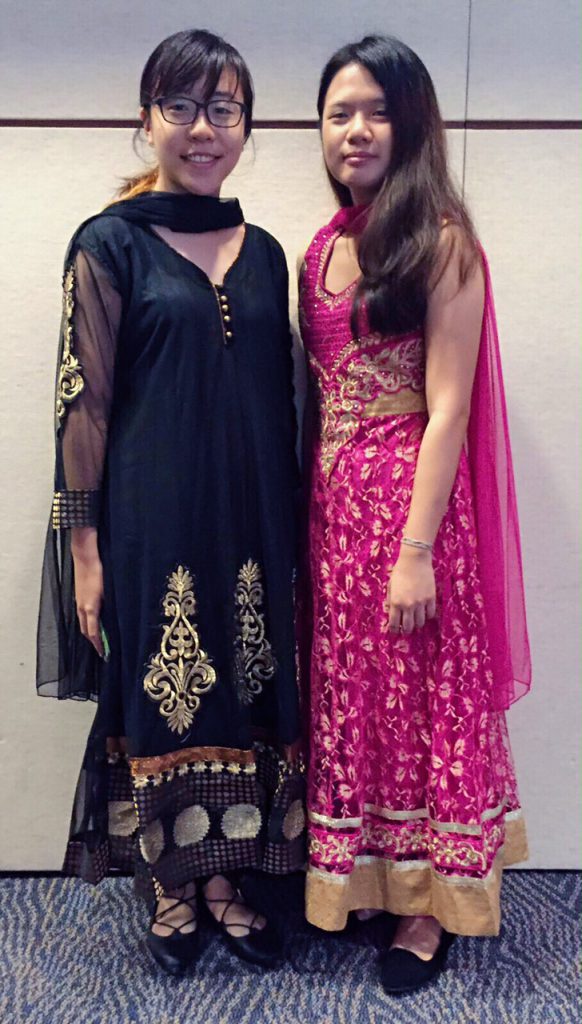
Last but not least, a BIG thankyou/谢谢 to Professor Joy once again for her generosity as well as the meticulous care she placed in everyone! Wishing you the best & seeya around! ![]()


